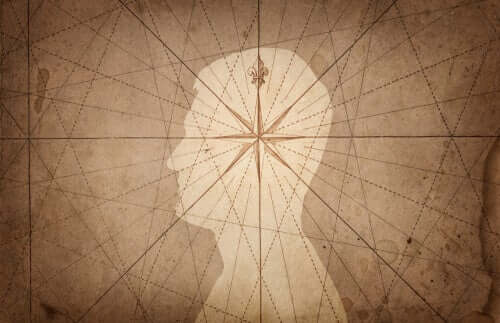What is the nature of morality? This debate has been at the heart of many theorists’ discussions for decades, but is there also a neurobiology of moral sensitivity?
Currently, certain skills, such as social sensitivity and cognition, are considered fundamental to the evolution of humanity; Recently, new proposals have focused on the role of emotional and intuitive processes in human decision-making (1).
- Research in neurobiology has been able to identify certain mechanisms and structures of the brain that interfere with basic emotions.
- However.
- The neural organization of complex or secondary emotions such as “moral” emotions (1) is still unknown.
The field of affective neuroscience has begun to explore different types of moral emotions with neuroimaging and electrophysiology techniques, in fact, a new discipline called affective neuroscience is emerging that aims to subdivide emotions into elementary mental operations and their corresponding neural substrates.
Thus, emotions are defined as complex and multifactorial phenomena that have a strong influence on people’s behavior and allow them to adapt to the environment (2).
According to psychologist Jonathan Haidt (2003), moral emotions differ from basic emotions (sadness, joy, anger, fear, surprise), because they are intrinsically linked to the welfare interests of each society, as well as individuals.
Thus, it can be said that moral emotions arise from the interaction between individuals or when moral violations are perceived, in addition, Haidt points out that, on the one hand, basic emotions come from ideas, they also come from imagination, memory or perception with immediate personal relevance.
On the other hand, moral emotions are complex emotions related to the interests or well-being of companies as well as people.
Moreover, moral emotions are evoked in circumstances that go beyond the immediate realm and are fundamental to promoting group cohesion.
Guilt, gratitude, and compassion are examples of prosocial moral emotions; however, moral emotions can also act in dissolution and social reorganization. Such emotions can be contempt, xenophobia or outrage.
Thus, Haidt (2003) identifies four subtypes of moral emotions
Over the centuries, philosophical theories have taken a logical-productive approach to the goal of morality: identifying universal principles that can guide human behavior (1).
Changes in the moral behavior of patients with brain dysfunction provided objective data on moral cognition, hence a scientific approach to morality: moral cognitive neuroscience.
In this context, morality is seen as a set of customs and values, this set is adopted by a cultural group to guide social behavior, so this vision does not imply the existence of absolute moral values (1).
It seems that the neural organization of complex or secondary emotions, such as moral emotions, is still unknown, according to literature it is postulated that moral phenomena arise from the integration between:
To determine the basis of moral cognition, researchers use studies of patients with acquired injuries, so it is known that certain regions of the brain can be crucial to moral behavior.
The authors Eslinger and Damasio (1985) are known for their research on the moral sensitivity of neurobiology, so they described certain alterations in moral behavior in patients with adult-acquired lesions in the ventromial prefrontal cortex.
Subsequently, it was shown that lesions of the ventromial prefrontal cortex acquired at an early age result in damage or deterioration, this can occur in both behavior and moral reasoning, so it appears that moral development may be affected by early lesions of the prefrontal cortex. (1).
In addition to the prefrontal cortex, there are other regions of the brain involved in the neurobiology of moral sensitivity. Some structural changes in the previous temporal lobe (acquired and developing) can also alter moral behavior.
Neural circuit dysfunction affecting the Upper Temporal Groove (STS) region is an essential area of social perception, so it is associated with the difficulty of attributing the intentionality experienced by those with autism, leading to a lesser experience of pride and shame. .
Moral and cognitive sensitivity has been fundamental in the evolution of the human being, the human brain carries with it a network specialized in moral treatment that has not yet been completely discovered, so it seems that much remains to be explored in the field of neurobiology moral sensitivity.

